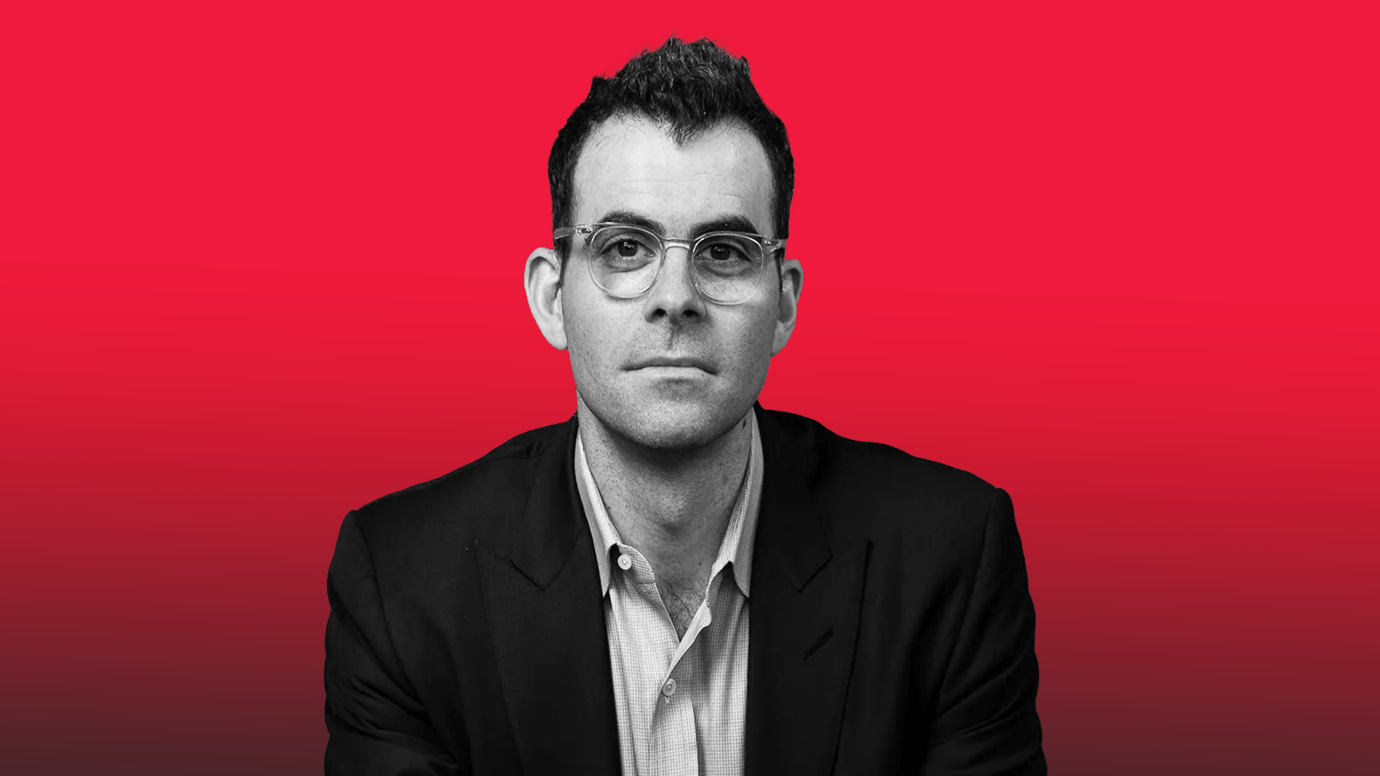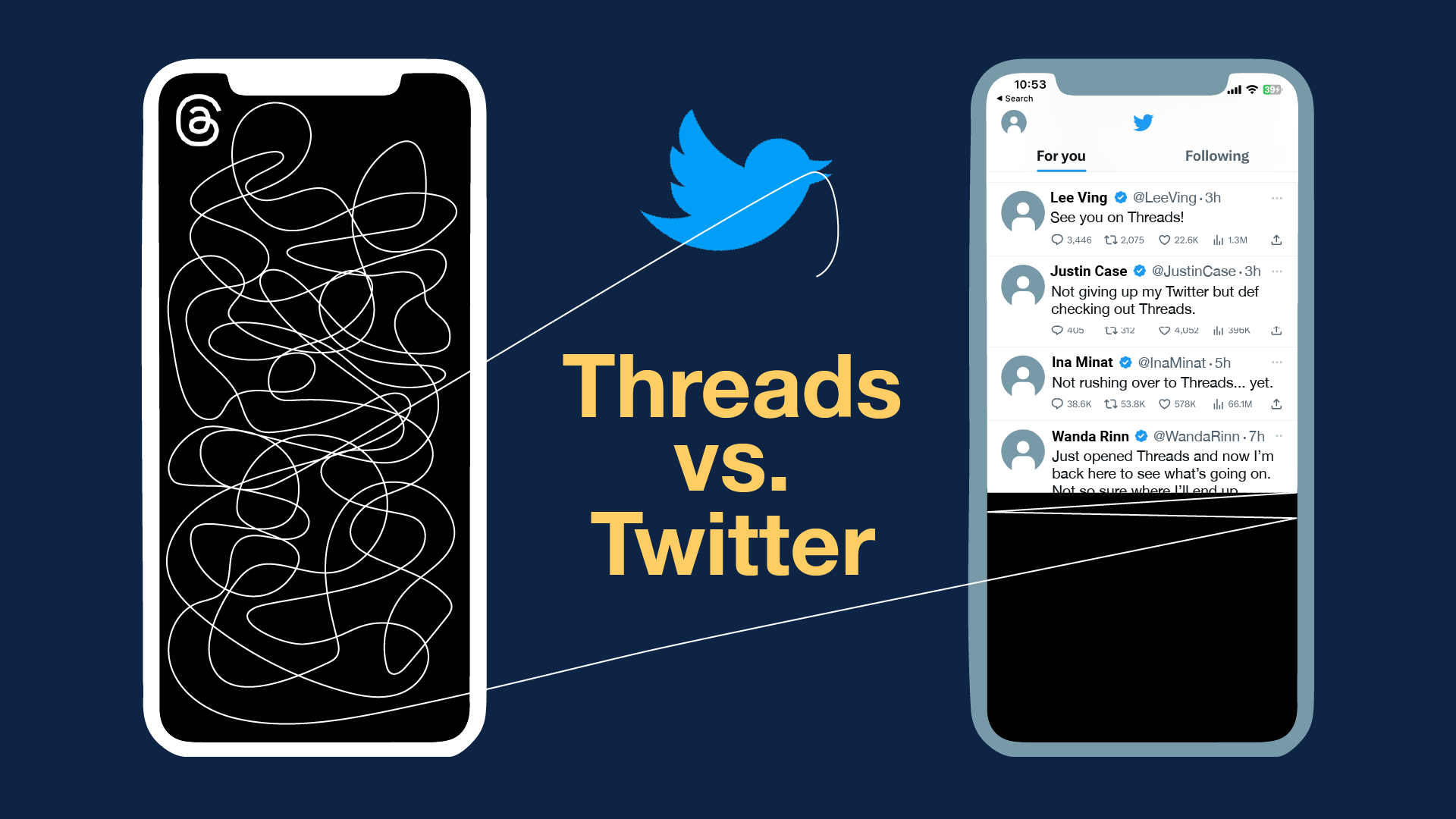Instagram Boss Takes a Stand: Debunking the “Twitter-Killer” Claims

Instagram Boss Takes a Stand: Debunking the “Twitter-Killer” Claims
A neutral space is what Threads, an Instagram-powered platform, aims to build, but can it maintain its objectivity over time?
Last week, in an enlightening discourse on the strategic positioning of social media tools, Instagram’s chief executive clarified that Threads, their latest stand-alone messaging app, is not intended to compete directly with Twitter. This has been a prevalent speculation within industry and consumer circles since the app’s launch, primarily because of the striking similarities between the specific features of the two platforms.
Threads, initially launched as a companion app to Instagram, was met with enthusiasm for its unique ‘close friends’ feature, which allowed users to share content with a select group of friends.
The idea of a more personalized, intimate, and curated social media experience was intriguing. Some industry experts saw this sign that Instagram was gearing up to give Twitter a run for its money. However, according to Instagram’s CEO, this is far from reality.
Many people need help locating a platform to take the Blue Bird role amid Twitter’s craziness. The publication of Threads by Meta, the alleged “Twitter killer,” has drawn attention worldwide. Threads probably won’t ever be able to take the position of Twitter, though.

While Threads is less keen on making its platform available for this purpose than Twitter, the latter acts as a forum for breaking news and international events. Adam Mosseri, the head of Instagram, responded to a query from The Verge’s Alex Health by saying that Meta’s objective is not to replace Twitter but rather to create “a public square for communities on Instagram that never really embraced Twitter (and other platforms that are interested in a less angry place for conversations, but not all of Twitter.”
The key reason, as explained by the Instagram boss, is that the two platforms cater to inherently different user behaviours and expectations. With its vast user base and emphasis on real-time updates, Twitter serves as a global conversation hub and a platform for public discourse. It’s an arena where users follow friends, thought leaders, news sources, and public figures to stay abreast of the latest happenings worldwide.

On the other hand, Threads is designed for more personal and intimate interactions among a smaller group of users. Its primary purpose, as clarified by Instagram’s CEO, is to enhance the depth and quality of interactions among close friends and not to promote mass public engagement.
Instagram’s CEO further elaborated that although Twitter and Threads can be platforms for sharing short, ephemeral content, the contexts in which they are used differ significantly. Threads are built on selective sharing with a private, controlled group of contacts. This naturally lends itself to more personalized conversations and interactions rather than the open public discussions that Twitter is famous for.

It’s also important to consider the type of content shared on both platforms. Twitter is known for its text-based content, while Threads, in line with Instagram’s focus, is heavily oriented towards photo and video sharing. The visual nature of Threads creates an entirely different user experience and aligns more with Instagram’s overall strategy to foster creative expression through visuals.
The Instagram boss emphasized that Threads aims to give users more flexibility and control over who they share their life with. The platform aims to strengthen connections among close friends by providing a space that promotes a more personalized and intimate social media experience. In contrast, Twitter is a platform for more broad and public engagement.

Mosseri said that the platform does not wish to imply that politics and hard news are not significant. But any additional user interaction or income they could generate from the platform’s point of view is not worth the scrutiny, hostility (let’s be honest), or integrity problems that come with them. Without including politics or hard news, there are more than enough beautiful communities in sports, music, fashion, beauty, entertainment, etc., to create a thriving platform.
According to a Tech Crunch story, Mosseri’s viewpoint on this is peculiar and slightly unsettling. First, it reminds me of some generic ways Facebook has promoted itself over the years: basically, a vast, friendly, neutral site where people may “connect” — Mark Zuckerberg’s go-to pitch. Its professed impartiality was violated by his company’s ritualistic encouragement of specific information and behaviours, which further pushed Facebook users into ideological echo chambers and fueled the extremism and polarization plaguing global politics today.

Instagram and the newly launched Threads are explicitly designed to bring together ordinary users and businesses, increasing commercial activity everywhere they go. Despite the lofty notion of a virtual public square or town hall being regularly evoked by social media executives to push the day’s agenda, public squares are not just for commerce and trade, as stated by Tech Crunch. They have traditionally acted as the hub of cultural activity and a stage for political discourse, a natural outcome of interacting with people in a community.
In the past, Twitter has served as the focal point of various cultural phenomena. The site has transformed and affected the discourse of numerous cultural and global events, from the Arab Spring to Me Too, and has not only been a place to publish meaningless stuff. It has served as a focal point for breaking news and a platform for the emergence of new journalistic specialities. There are several Twitter available right now, but none can be called “Twitter.”
In conclusion, Instagram’s Threads and Twitter have different strategic directions and cater to disparate user needs. Both platforms have unique strengths and are positioned to provide distinct social media experiences to their users. Therefore, alabelling Threads as a Twitter-killer platform is a simplistic and flawed perspective. As the digital world continues to evolve, users will continually seek diverse platforms that cater to their different social needs, and both Threads and Twitter have unique roles to play in fulfilling these needs.




